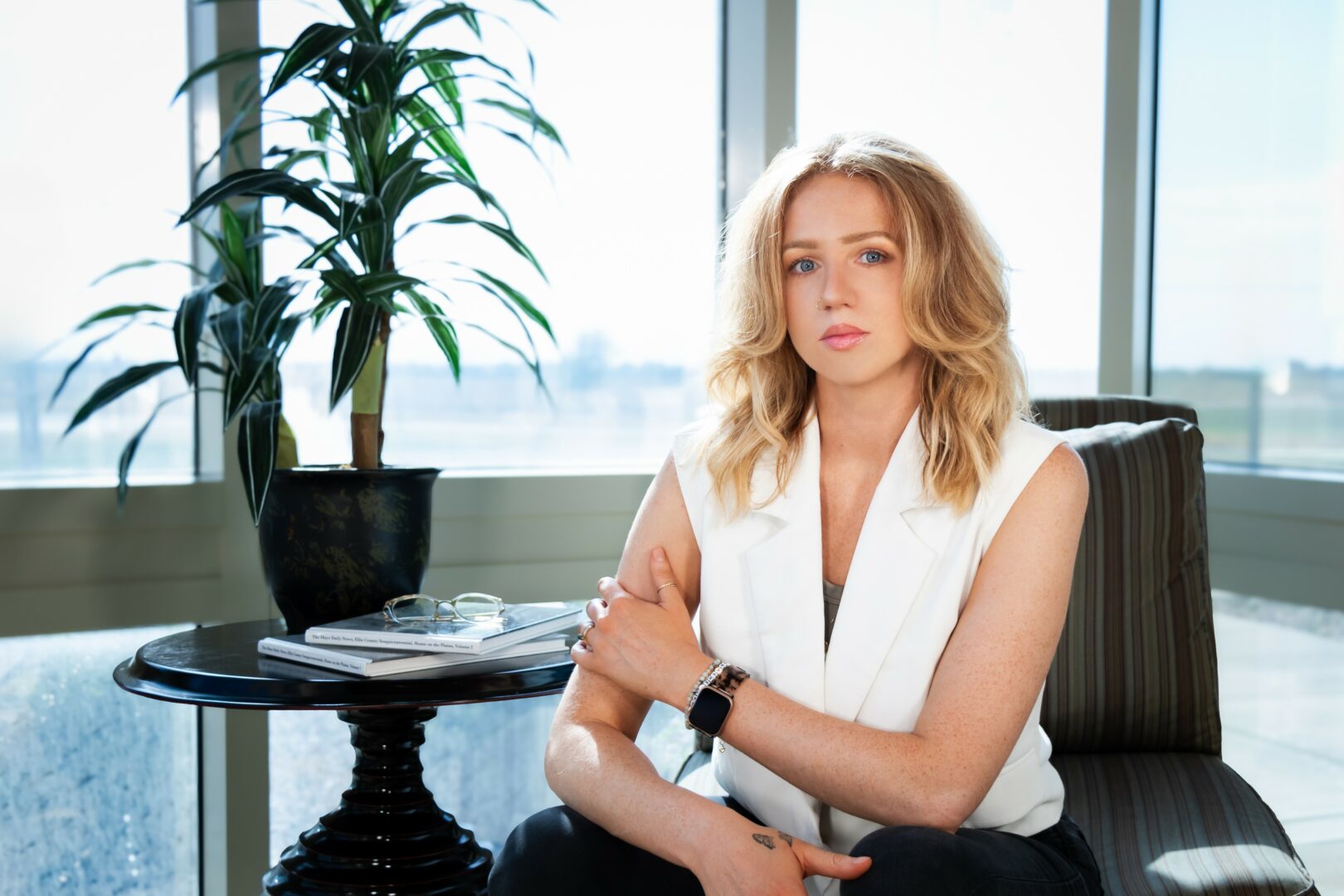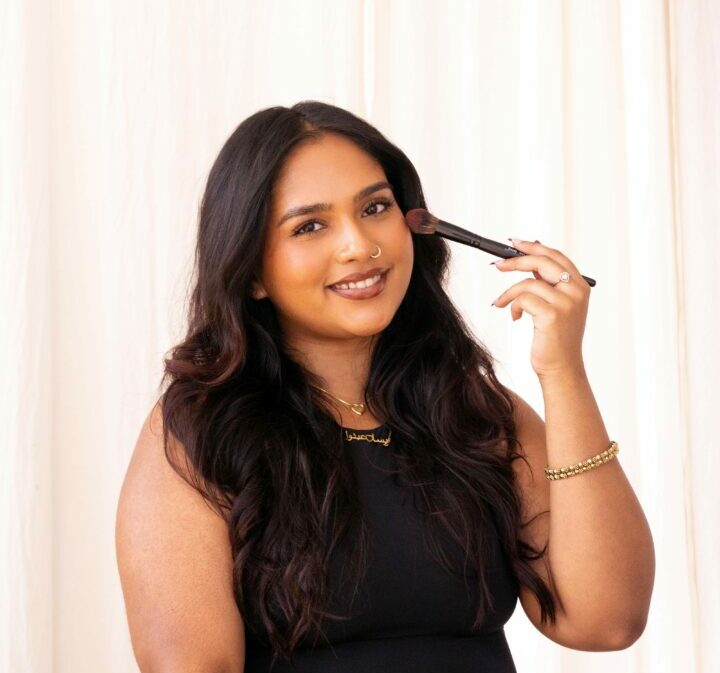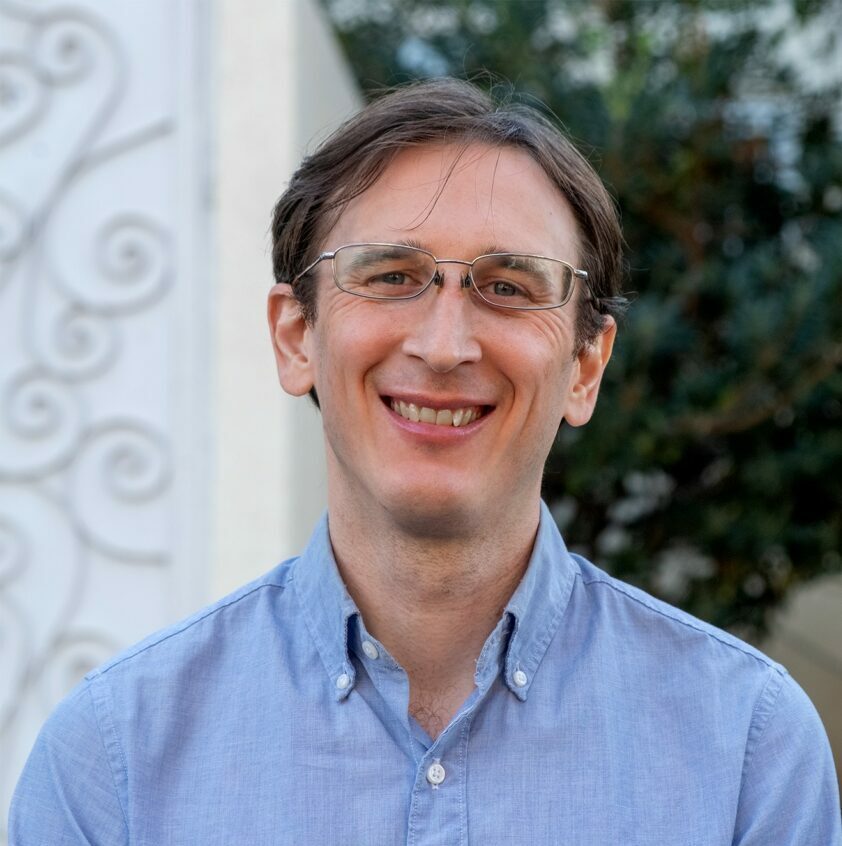Alright – so today we’ve got the honor of introducing you to Amanda Blanca. We think you’ll enjoy our conversation, we’ve shared it below.
Amanda, so many exciting things to discuss, we can’t wait. Thanks for joining us and we appreciate you sharing your wisdom with our readers. So, maybe we can start by discussing optimism and where your optimism comes from?
I’d say my optimism comes from my family.
I was lucky to grow up in a multi-generational household of incredibly strong and determined people. My parents and I immigrated from Cuba when I was just three months old and they were in their mid-thirties. They started entirely from scratch in a country where they didn’t speak the language, didn’t know the system, and had nothing but hope.
I often think about how easily this could have been a different story—one where none of these opportunities ever reached me. That thought alone makes me profoundly grateful to be exactly where I am.
I also think hope and being hopeful is one of those things that makes us so human. A tender concept, hope can move mountains—or at the very least, push a mother to uproot her entire life so her child can have a better one. If she could do that, I sure as hell can believe that if today is bad tomorrow will be better!

Appreciate the insights and wisdom. Before we dig deeper and ask you about the skills that matter and more, maybe you can tell our readers about yourself?
My name is Amanda Blanca, and I’m a recent graduate of The Cooper Union, where I had the unique opportunity to design my own curriculum. Since Cooper isn’t major-specific, I shaped my studies around Graphic Design and Industrial Design, with a special interest in Material Science. My time there wasn’t just about making things look good—it was about using design as a tool for research, storytelling, and inquiry.
I’ve always been fascinated by the act of recording, documenting, and preserving—how we remember people, how we assign meaning to objects, and how we make others care. Growing up in a multigenerational household, I saw firsthand how stories and memories were passed down, not just through spoken word but through the artifacts of everyday life.
Important documents were carefully preserved in scrapbooks, while historical events were scrawled into the margins of phone books alongside the names and numbers of family members scattered across the world. Letters were tucked into shoeboxes, slipped into coat pockets—fragments of human connection archived in the most unassuming places. These accumulated traces of interaction, a kind of personal data set, naturally wove themselves into my work.
For me, design is a way to track and catalog human experience. I love subverting visual languages like graphs, charts, and indexing systems to highlight emotion, urgency, and the intangible aspects of being human.
For my senior thesis, I explored the question: What distinguishes us from a machine? With AI and automation becoming more prevalent, this felt like an important conversation to have—but it’s also one humanity has wrestled with for centuries. My work combined philosophical research with hands-on experimentation, from developing synthetic “skin” in a lab to hand-forging tools in a shop. Alongside this, I became increasingly interested in information design—the authority that a simple graph or diagram can hold and how it can be used to represent, or even manipulate, meaning.
Beyond my academic research, I’ve also worked on branding and freelance projects, experiencing both the conceptual side of design that fuels me creatively and the business-driven side that keeps me financially afloat. Right now, I’m continuing to explore how design can be a bridge between research and emotion—how it can serve as both a form of evidence and a means of storytelling.

Looking back, what do you think were the three qualities, skills, or areas of knowledge that were most impactful in your journey? What advice do you have for folks who are early in their journey in terms of how they can best develop or improve on these?
One of the most impactful skills in this field is ability to create trust—whether in client work, research collaborations, or design pitches. Communicating ideas effectively isn’t just about clarity; it’s about framing concepts in a way that invites openness while also establishing confidence. Design can feel like a foreign language to many, and part of our job is translating it in a way that makes others see the story we’re telling.
Another key skill is adaptability in communication. Through countless pitches and discussions, I’ve learned that explaining your work isn’t a one-size-fits-all process. Different audiences require different approaches, and being able to adjust the way you talk about your work—whether to clients, researchers, or the general public—ensures that your ideas don’t get lost.
Lastly, I’ve come to appreciate the importance of persuasion in design. A project should be able to stand on its own, but you also have to anticipate how it will be received when you’re not there to advocate for it. Practicing different ways to present and defend your work is essential.
My advice is to embrace the learning curve—though I know firsthand that it’s easier said than done!
Seek out opportunities to explain your work to those outside of design, refine how you frame your ideas, and always welcome conversation. Design is a muscle—you have to keep working it, keep iterating, and stay open to the process of continuous improvement!

What do you do when you feel overwhelmed? Any advice or strategies?
It’s been a little less than a year since I graduated, and I’ve been incredibly fortunate to land two internships while also launching a small studio, Friends of Comedy Studios, with my partner. On top of that, I’ve taken on freelance projects that have kept me designing—and kept a roof over my head!
That said, balancing everything has been overwhelming at times, and I won’t pretend I’m a stranger to anxiety. It’s something I’m constantly working on, and while I don’t have all the answers, here are a few things that have helped me when the weight of it all feels like too much:
– Taking a moment to pause and breathe. Whether it’s stepping outside for a walk, looking at the sky, or just finding a quiet space to ground myself, creating that small moment of stillness helps me reset.
– Managing my time more intentionally. A lot of my stress comes from poor time management, and recently, writing up contracts has been a game-changer. Having a clear scope of work helps me set realistic time blocks and ensures I’m not overextending myself.
– Reminding myself that no one has this all figured out. This is my first time on this Earth, and just like me, everyone else is doing their best to navigate the unknown. Embracing that uncertainty has been strangely comforting. A huge part of that comes from my partner, who listens and helps me process everything. Being able to vocalize my feelings—just getting them out of my body and into the world—makes a real difference.
At the end of the day, having a support system, in design and in life, has been invaluable. It’s a reminder that this feeling, while all too familiar, is temporary.
Contact Info:
- Website: https://amanda-blanca.cargo.site/
- Instagram: @amndblca
- Linkedin: https://www.linkedin.com/in/amanda-blanca-1557841a6/



so if you or someone you know deserves recognition please let us know here.




